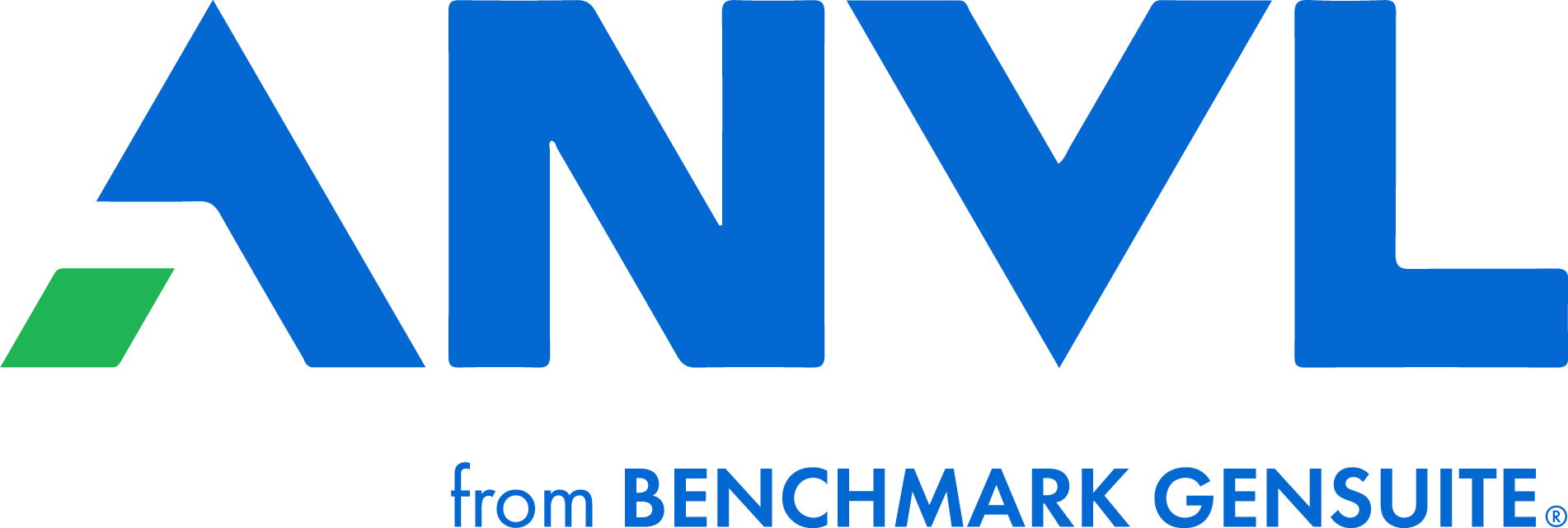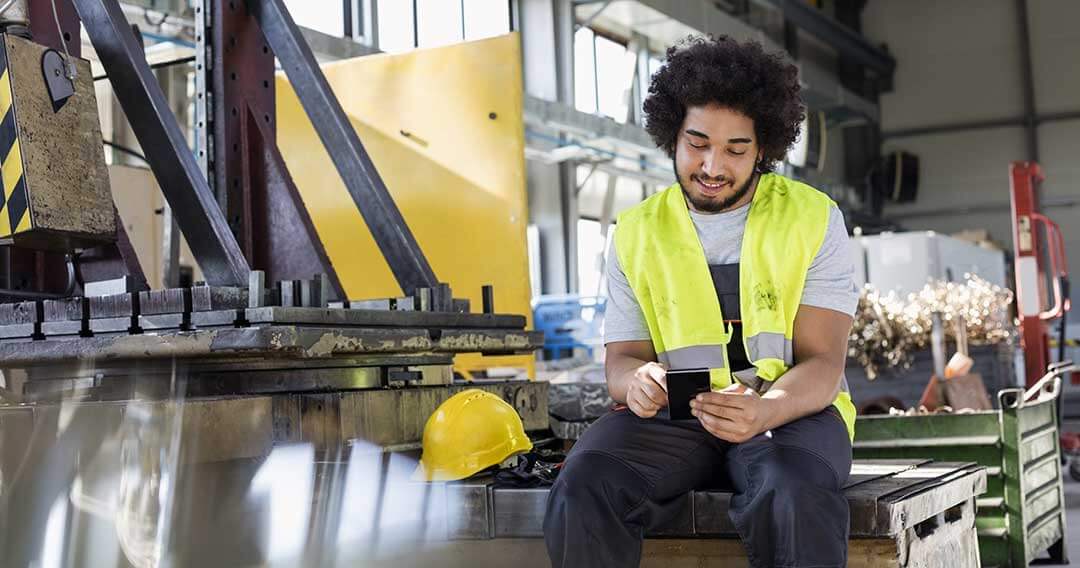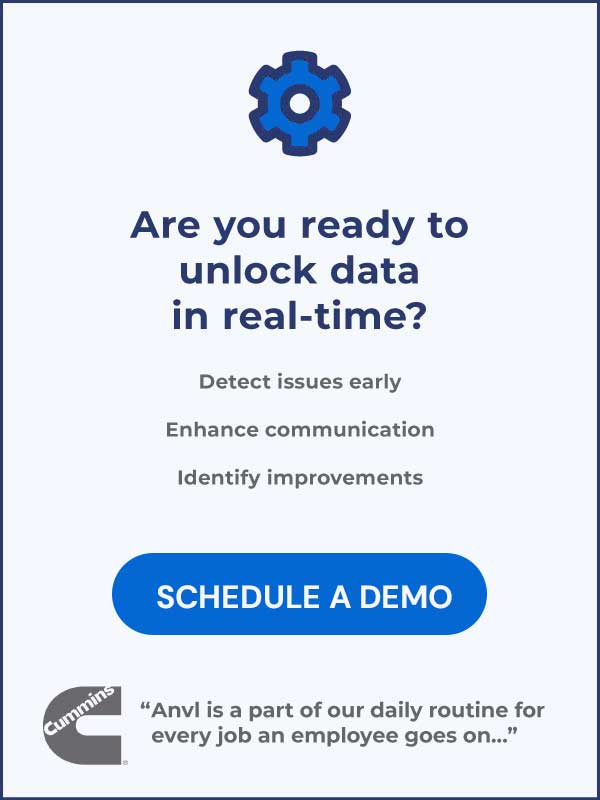Mobile device usages has soared, outpacing laptop, desktop and tablet usage as of March 2020 following the COVID-19 pandemic. Mobile app spend was the highest in history in Q1 amidst the COVID-19 pandemic. Everyone in the world is now more accustomed to mobile applications for managing most aspects of their lives from grocery shopping to banking as a result of the broad impact of COVID-19. This increased usage paves the way for a new wave of business applications geared toward supporting the deskless workforce.
As a result of the increased mobile usage, workers will have growing expectations that there should be mobile applications in the work environment to provide critical support and information when it’s needed most. Additionally worker safety is a top priority for every business in the world right now and certainly on the minds of the deskless workforce who are not only essential, but who cannot work remotely to avoid exposure to a pandemic.
Mobile applications like Anvl for worker safety can be critical for COVID-19 pre-screening and data collection before workers leave their home each day and on-going data analysis.
Mobile applications that are easy to use and web applications that are mobile friendly will resonate with workers and give companies an edge on adoption and engagement. Already, 96 percent of younger workers have smartphones and even the aging workforce continues to adopt smartphones for personal use, making the use of mobile technology for work less of a leap. The use of personal mobile devices for the job or providing mobile devices for the job is expected by many workers at this point. The good news is the benefits can be huge.
For deskless workers, being able to take what you need with you and having access when you need it becomes a competitive advantage. For some workers just having access to internal work websites with safety procedures and training and email can result in a 5x positive improvement in productivity and bolster worker engagement and retention. The combination of easy to access technology and applications can help provide a consistent line of communication from frontline workers to supervisors and beyond, critical to giving workers a voice when needed.
Innovative mobile applications can enable early warning of safety risks and help prevent safety incidents. Rather than a lagging paper based process, management can use innovative safety software to gather and analyze the data from the frontline and provide in-the-moment feedback and changes needed for employee safety. For example, using mobile applications to complete safety compliance processes can actually flag supervisors in real-time when something isn’t right and management can address the risk before it is too late. The data collected from these kinds of events can then be used to determine trends with leading indicators and prevent unnecessary harm to employees.
Obstacles for going mobile are becoming less of an issue. If there is a fear of dealing with mobile technology at scale and controlling access, there’s plenty of mobility management solutions that make the process of maintaining and supporting a complex mobile program manageable and these solutions are commonplace in large enterprises. Cellular networks have amazingly fast speeds, wifi access is common and smart mobile applications support offline modes for workers in environments where cellular connections are slow or unavailable due to the environment.
Mobile application spending and growth is expected to double by 2024, already up significantly since COVID-19 worldwide. With innovation in technology and mobile tools, safety processes for frontline workers will continue to develop in 2020 and beyond. Adapting training methods, engaging frontline workers, and adjusting supervisory roles will be key to implementing and expanding safety practices for increased business efficiency and effectiveness.


